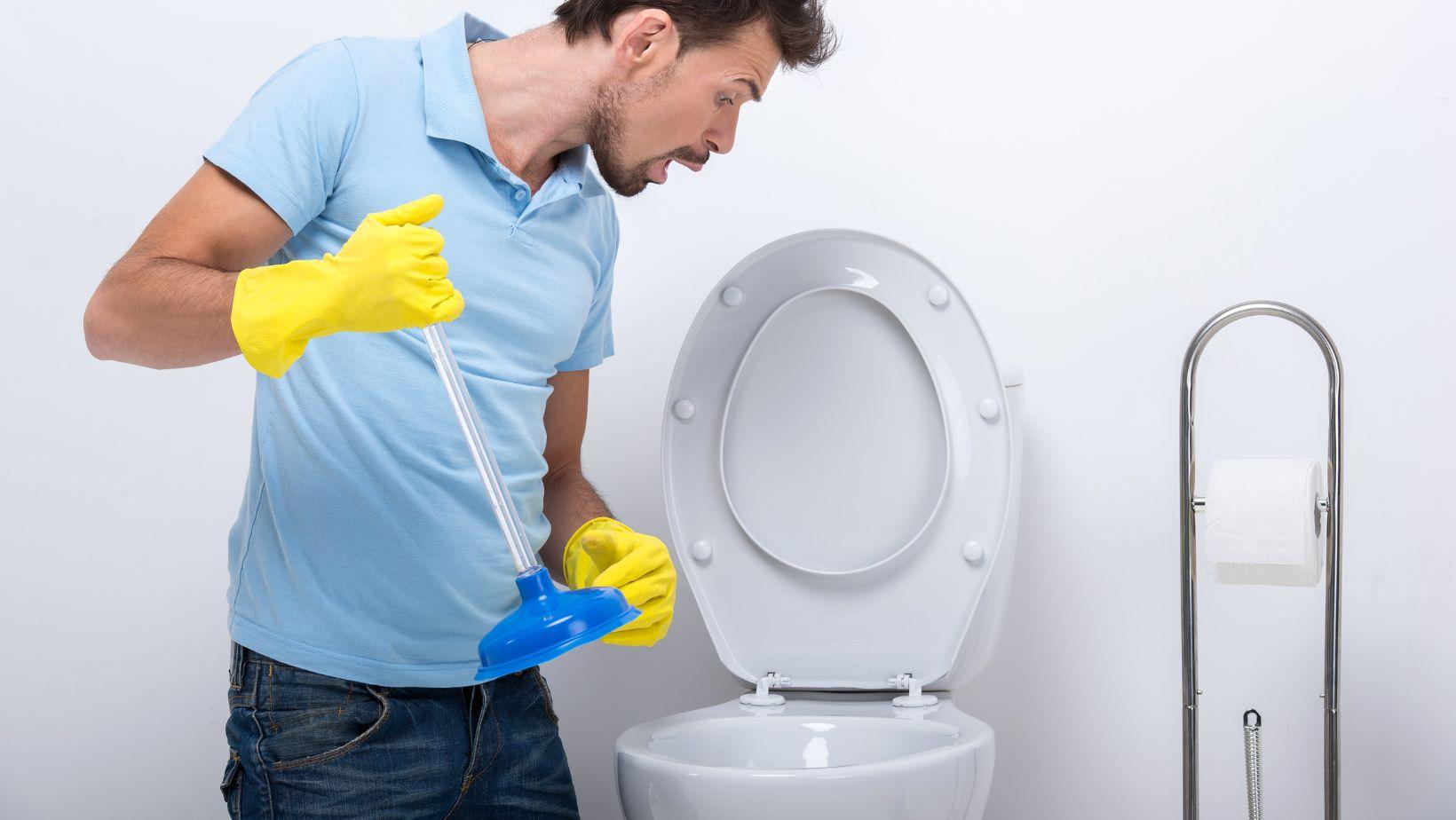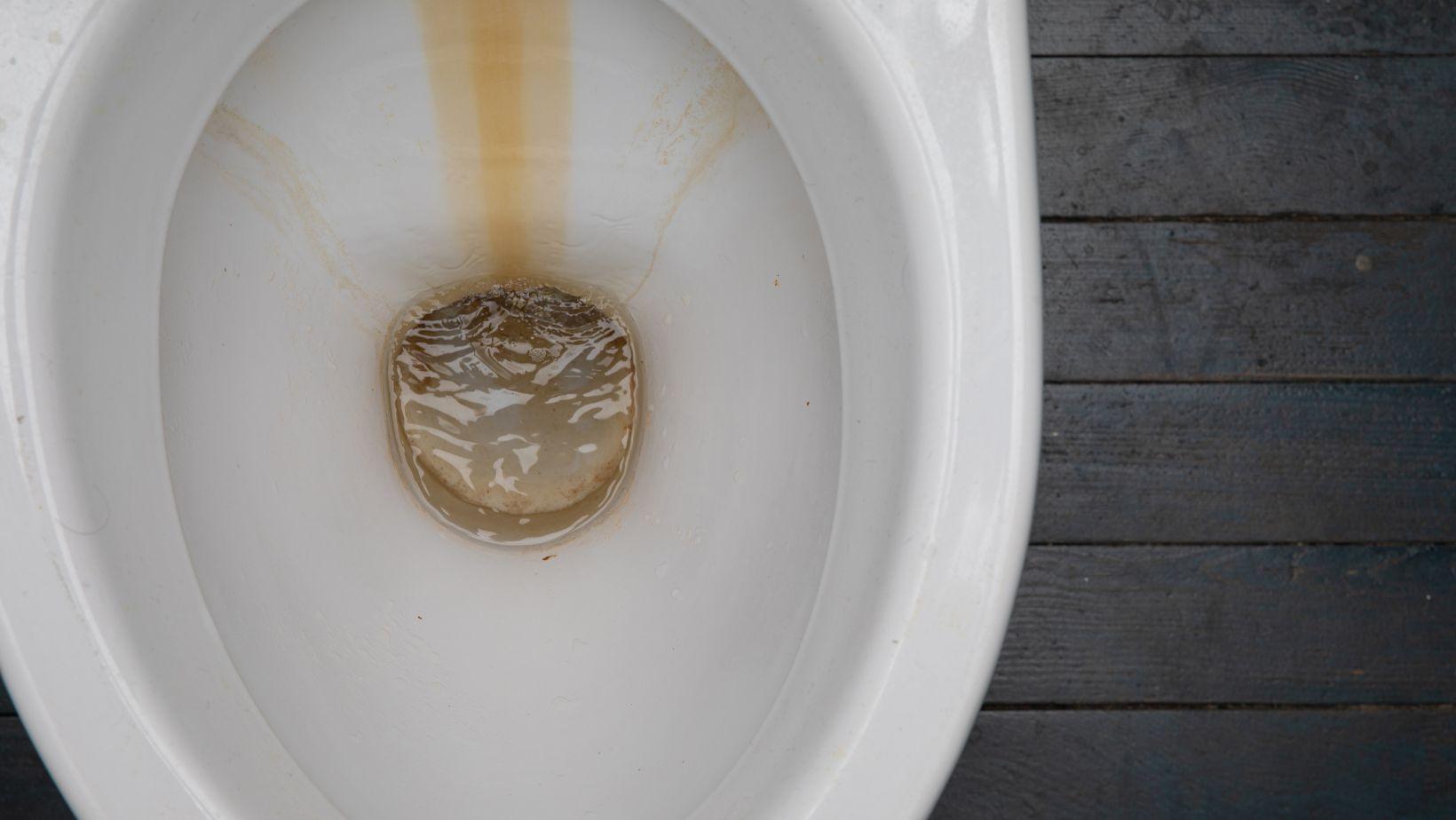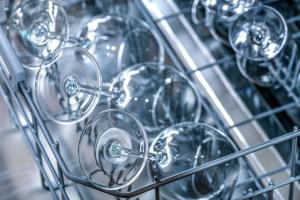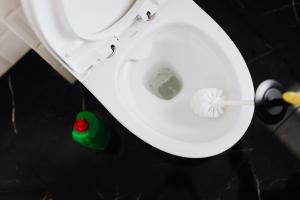
One of the hardest places to remove visible limescale is the toilet. It can be a difficult place to treat and require specialist and expensive products to remove.
However, there are cost-effective ways to remove limescale stains from a toilet bowl and a permanent solution to the built up of limescale. But firstly; what is limescale?
What Is Limescale?
Limescale occurs when there is a calcium and magnesium build-up, which creates an unpleasant stain. Limescale is found in all household items and plumbing that come into contact with your mains water supply.
The presence of limescale is a good indicator that you live in a hard water area. Hard water is defined by its high concentration of both magnesium and calcium found within it. These minerals enter the water when it filters through porous rock beds, such as chalk and limestone, before entering our freshwater reserves.
These types of rock beds can be found across the UK, resulting in over 60% of the UK being considered hard water areas.
While hard water does not threaten your life, it can cause a range of problems, such as; dry skin, dry hair, eczema, dull clothes and, as mentioned above, limescale.
That's not all; the presence of limescale can increase your household bills and decrease the lifespan of your plumbing and appliances, increasing your household costs over time.
Furthermore, hard water and limescale can increase your household monthly bills. This is because appliances, such as your water heater, are less efficient, requiring more energy to heat a tank of water. Without treating hard water, you also increase your monthly spending on essential household items such as cleaning supplies and detergents. This is due to the need for more products to achieve a sufficient lather. However, with a water softener, you can reduce your energy bills by up to 12% and save around £400 a year on household necessities.
How To Remove Limescale Below The Waterline of Your Toilet
So what is the best way to remove limescale from your toilet?
The best product to remove limescale can be found in our kitchen cupboards. No need to purchase expensive and ineffective chemicals, all you need is the following;
- White Vinegar
- Baking soda
- A coarse scrubbing brush
Non-Bio Limescale Remover
Step 1: Pour 2tbs of white vinegar into the toilet water and scrub around the toilet bowl as far into the pipe as possible (don't worry if the limescale is stubborn, you are just removing the loose flakes)
Step 2: Next, pour 1 cup of baking soda into the toilet bowl; try to cover as much of the bowl as possible. Then follow it with 2 cups of white vinegar. You should see it begin to fizz.
Step 3: Time to wait. Leave the mixture to sit in the bowl for approximately 30 minutes. Do not use or flush the toilet.
Step 4: Once the 30 minutes are up, using your coarse brush (we suggest a toilet brush or something with a long handle to avoid having to put your hands in the water), begin to move and scrub the baking soda and vinegar mixer around the bowl, ensuring you cover every inch of the stain.
Step 5: If necessary, add a little more baking soda and white vinegar and allow to sit for another 30 minutes.
Step 6: After 30 minutes, using the same brush, gently scrub away the limescale to reveal a sparkling new toilet bowl.
Preventing Limescale stains In Your Toilet.
Unfortunately, if you live in a hard water area, no matter how many times you clean your toilet, the limescale just keeps coming back. The only way to permanently prevent limescale build-up in your toilet is by treating the hard water.
This can be done by installing a water softener, and luckily for you, you are in exactly the right place to find out more about them, as Kinetico are one of the UK's leading hard water solutions experts.
Our flagship twin tack premium water softener can prevent limescale in your toilet and throughout your home. Leaving it limescale free! If you would like more information regarding how a water softener can help you at home, you can contact us today or book a free consultation with one of our water specialists.










